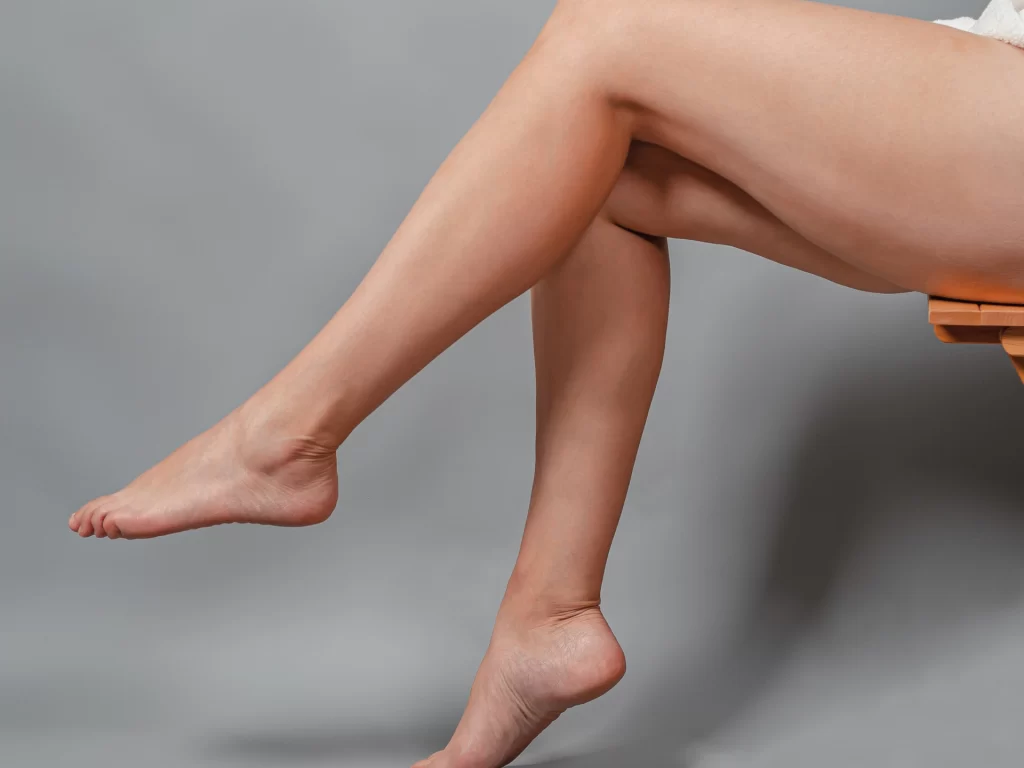Cankles – the term itself elicits a range of reactions from amusement to discomfort. The word is a portmanteau, combining “calf” and “ankles,” referencing the perceived lack of distinction between these two parts of the leg. But what about the enigmatic ‘K’ in the term ‘cankles’? What does it stand for? While it might seem like an arbitrary addition, the ‘K’ in ‘cankles’ actually plays a significant role in the word’s history and cultural usage.
Firstly, the term ‘cankles’ itself is relatively new in the English lexicon, having gained popularity in the late 20th and early 21st centuries. The origins of ‘cankles’ can be traced back to the blending of words to create a convenient descriptor for a particular physical trait. In this case, it refers to a lack of definition between the calf and ankle, resulting in a more singular, less sculpted appearance.
The addition of the ‘K’ in ‘cankles’ is not there by chance. While the word might seem more phonetically correct without the ‘K,’ its inclusion is an intentional linguistic choice. The ‘K’ serves a specific purpose in emphasizing the fusion of the calf and ankle, making it a standout and somewhat humorous term.

Furthermore, the ‘K’ could be seen as a playful nod to the severity or abruptness of the visual transition between the calf and ankle. It almost punctuates the word, drawing attention to the lack of tapering or defined contour between the two areas of the leg.
‘Cankles’ as a term has often been used in popular culture, sometimes humorously, and at other times, with a degree of insensitivity. It has been the subject of comedic sketches, tabloid headlines, and even discussions within the fashion industry. However, it’s essential to acknowledge that the term ‘cankles’ can be considered body-shaming, as it focuses on and often mocks a specific body shape or type.
Body positivity movements and advocates for self-acceptance have rightfully criticized the term ‘cankles’ for its potentially hurtful implications. Rather than celebrating diversity in body shapes and sizes, the term can inadvertently perpetuate unrealistic beauty standards, promoting shame or insecurity about a naturally occurring physical trait.
Consequently, conversations around ‘cankles’ have evolved beyond the surface level to consider the broader implications of body image and self-acceptance. People are encouraged to embrace their bodies in all forms, focusing on health and well-being rather than conforming to societal beauty ideals.
Moreover, discussions about ‘cankles’ have also sparked debates in the fashion and medical communities. From a medical standpoint, some may argue that ‘cankles’ are not merely a cosmetic concern but could also indicate health issues such as fluid retention or circulation problems. On the other hand, fashion experts have explored styling techniques to flatter and accentuate different body shapes, including ‘cankles,’ by choosing appropriate clothing and footwear.
In recent years, there has been a gradual shift in language and attitudes toward body image. The term ‘cankles’ has faced criticism for its potentially negative impact on self-esteem, leading to more inclusive and sensitive discussions about body diversity and acceptance.
It is crucial to acknowledge the power of language and the impact it can have on individuals’ self-perception. As society becomes more aware of the importance of inclusive language and body positivity, terms like ‘cankles’ might gradually fall out of favor, replaced by more respectful and accepting ways of discussing physical characteristics.
In conclusion, the ‘K’ in ‘cankles’ serves as a deliberate addition, emphasizing the fusion between the calf and ankle. However, it’s essential to approach discussions about body traits with sensitivity and inclusivity, steering away from terms that might perpetuate body-shaming or unrealistic beauty standards. Instead, the focus should be on promoting self-acceptance, embracing diverse body shapes, and fostering a culture of inclusivity and respect for all individuals, irrespective of their physical appearance.
Must Read :

